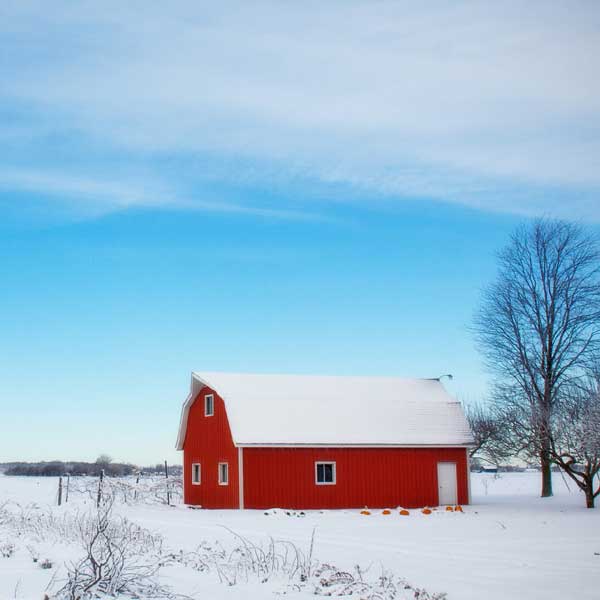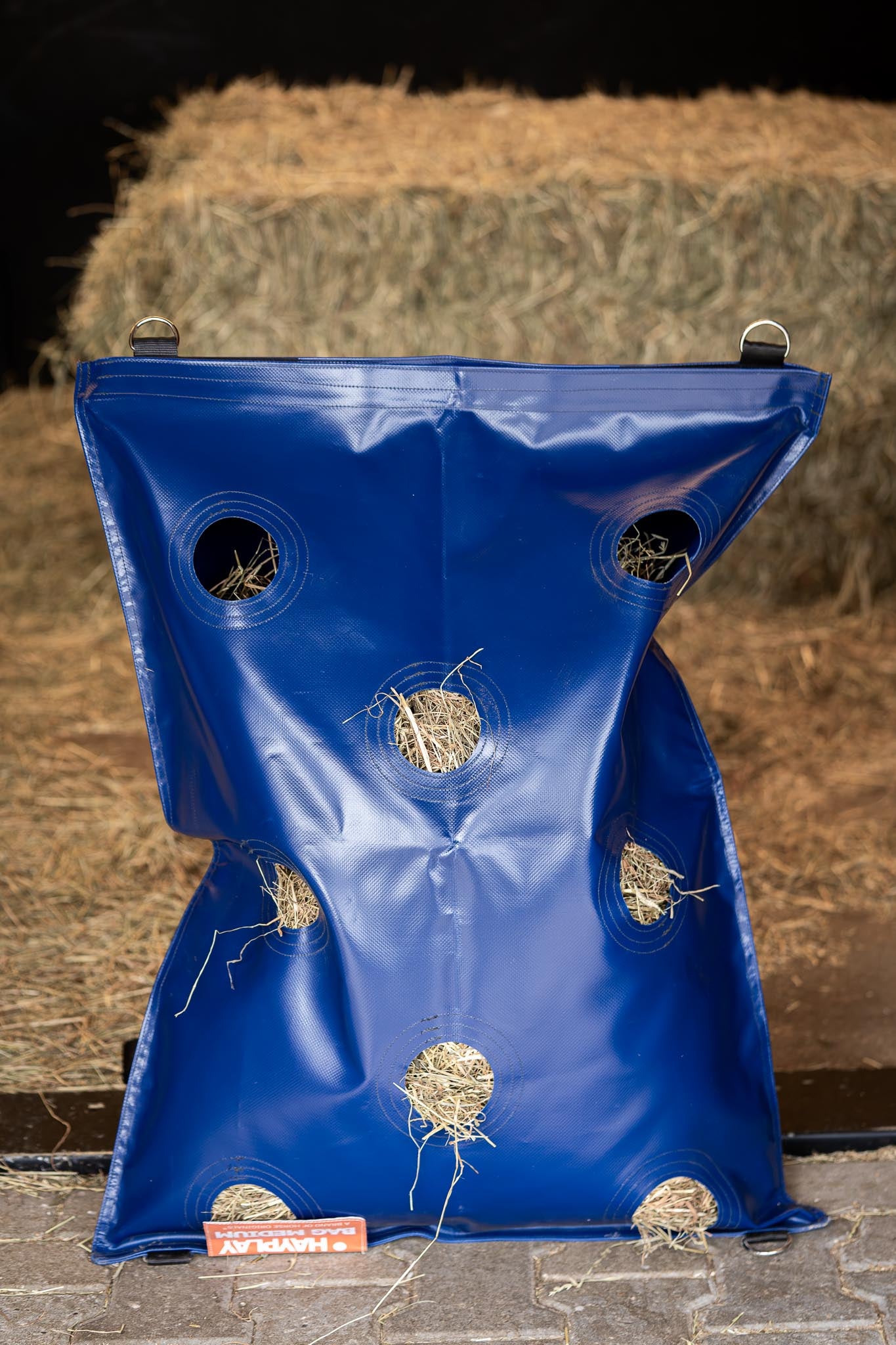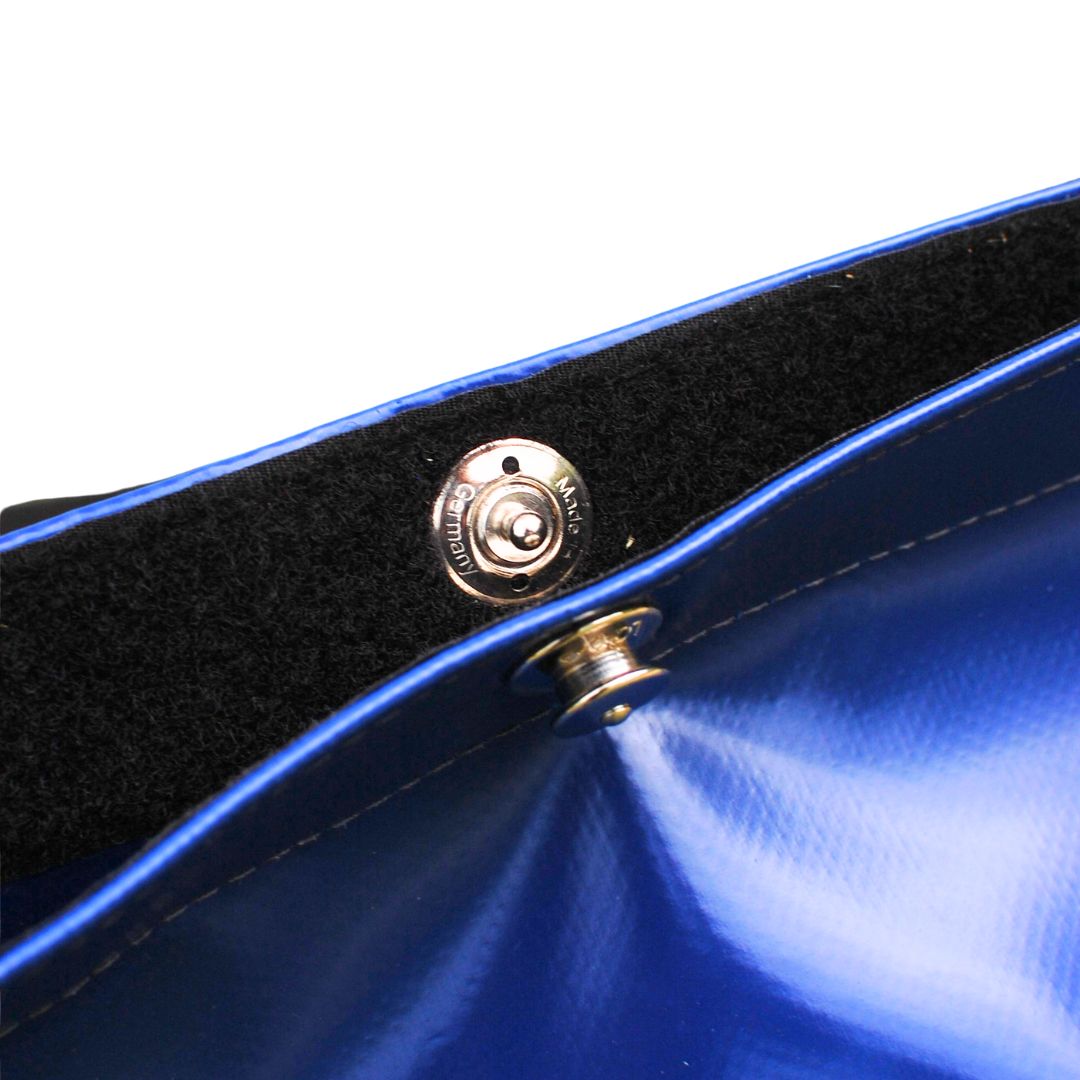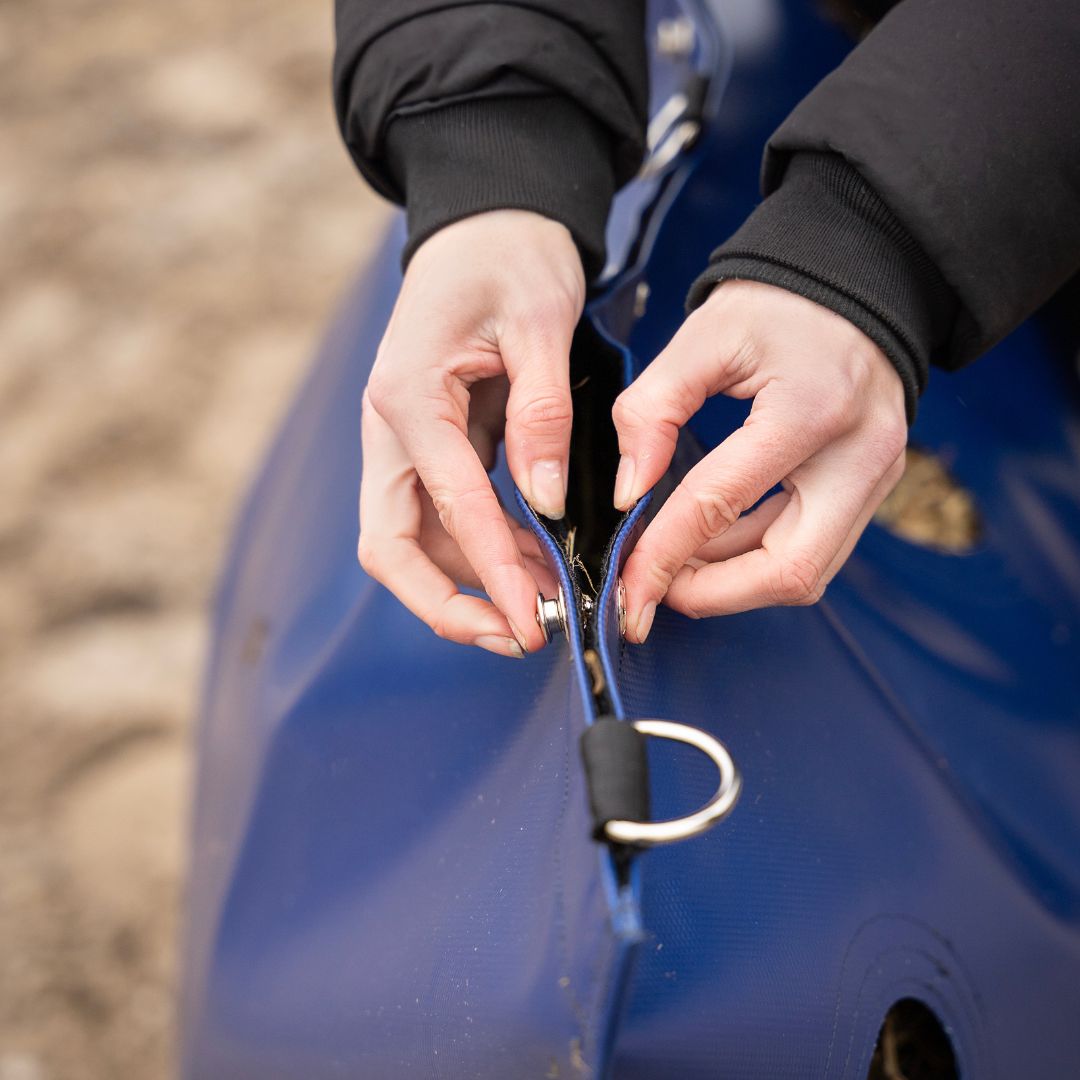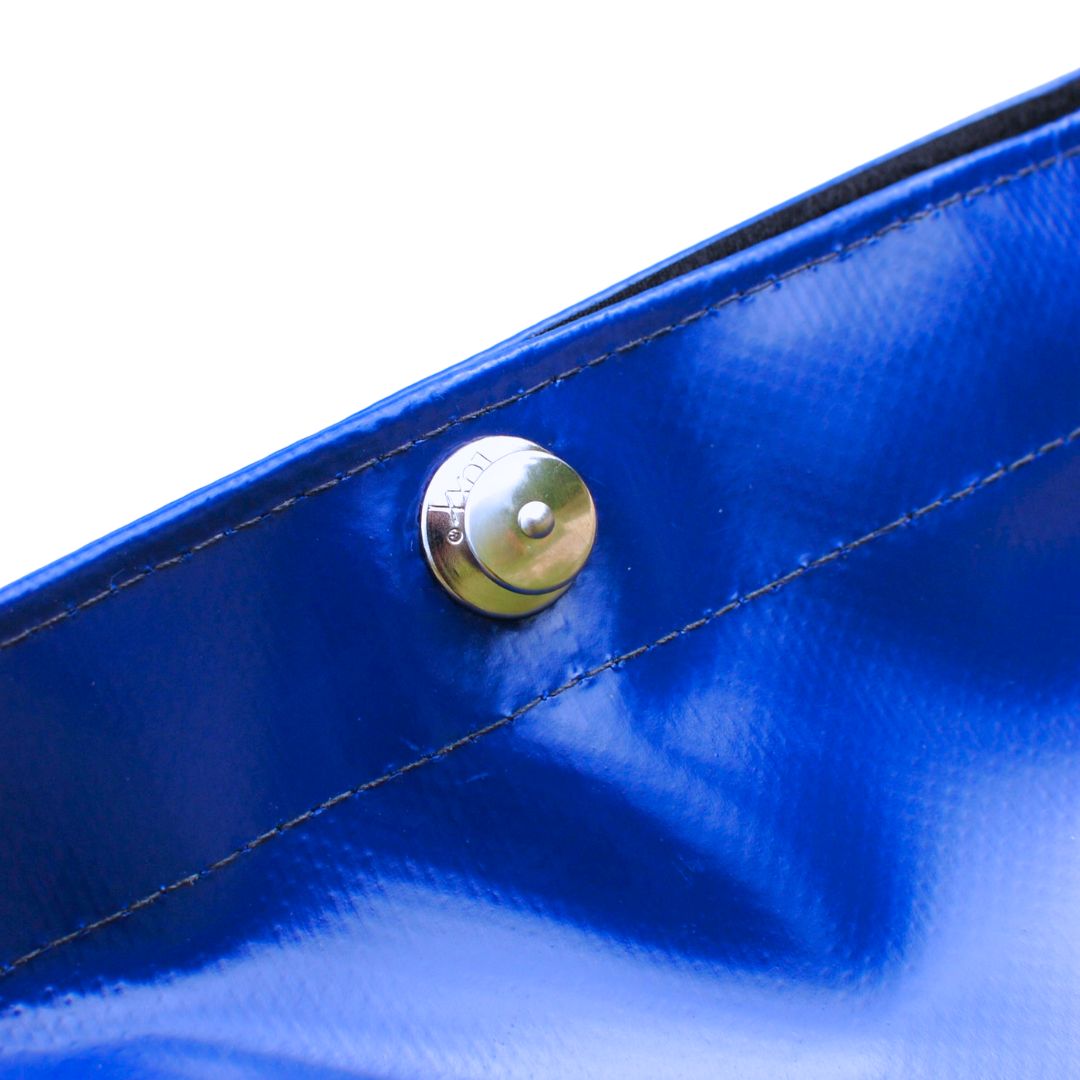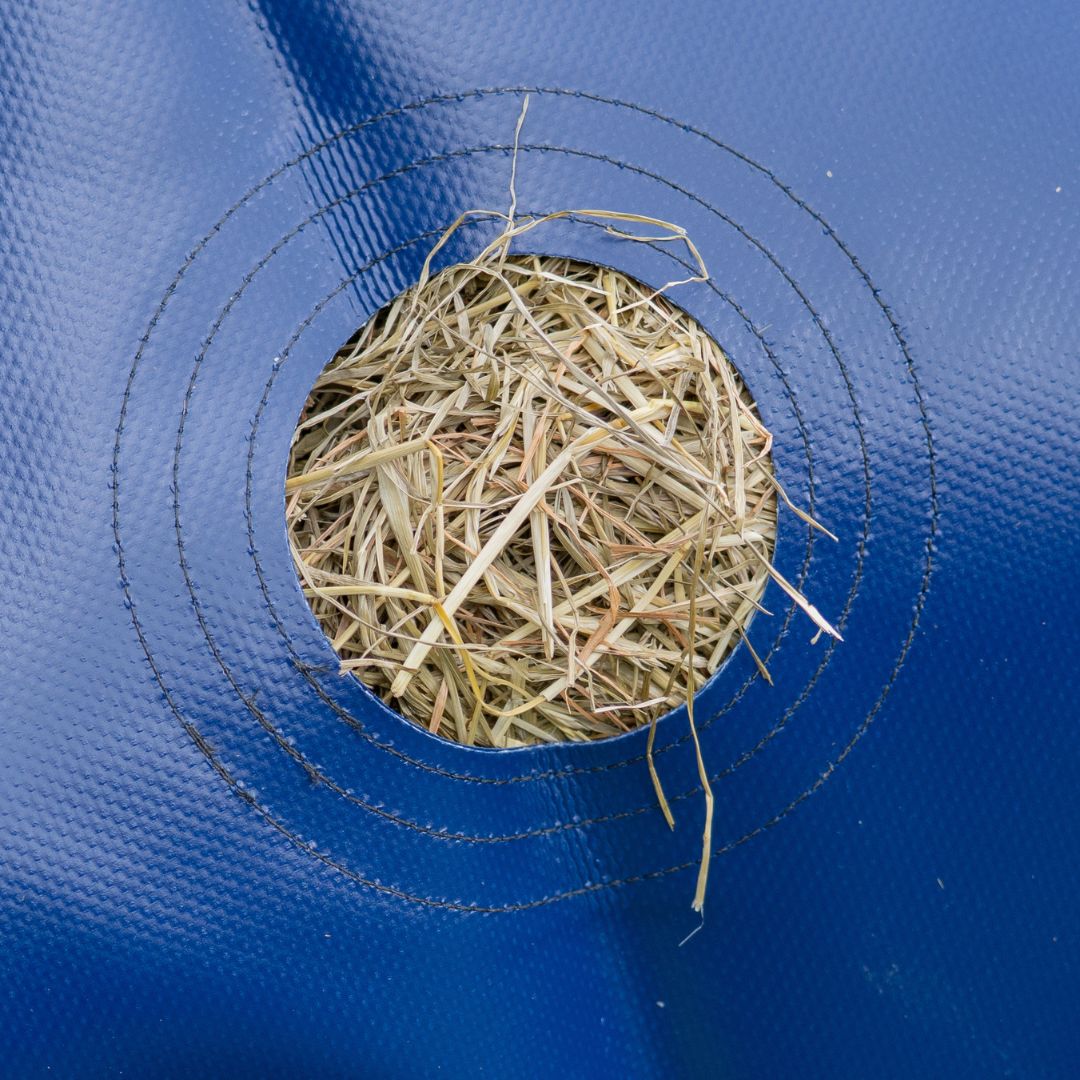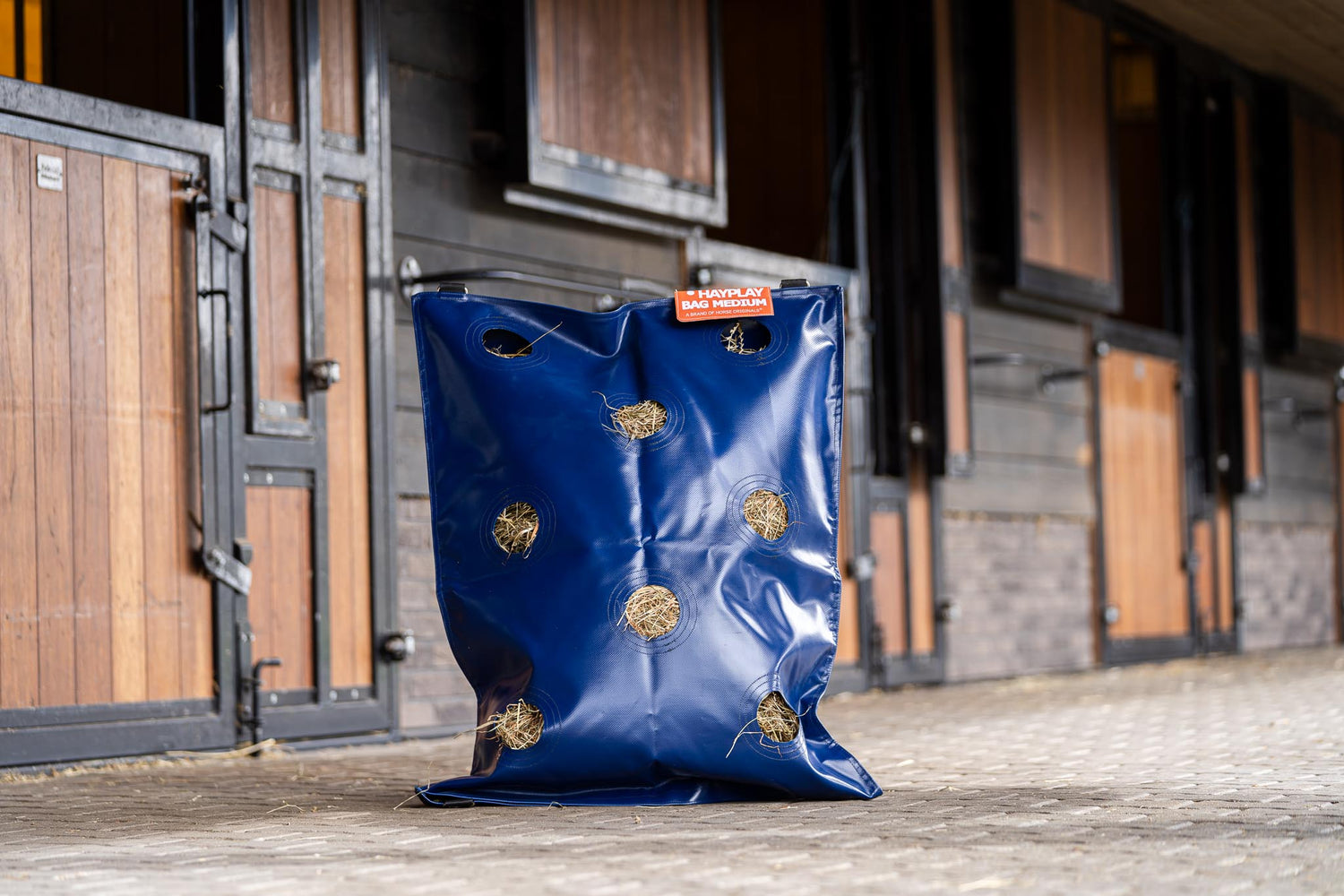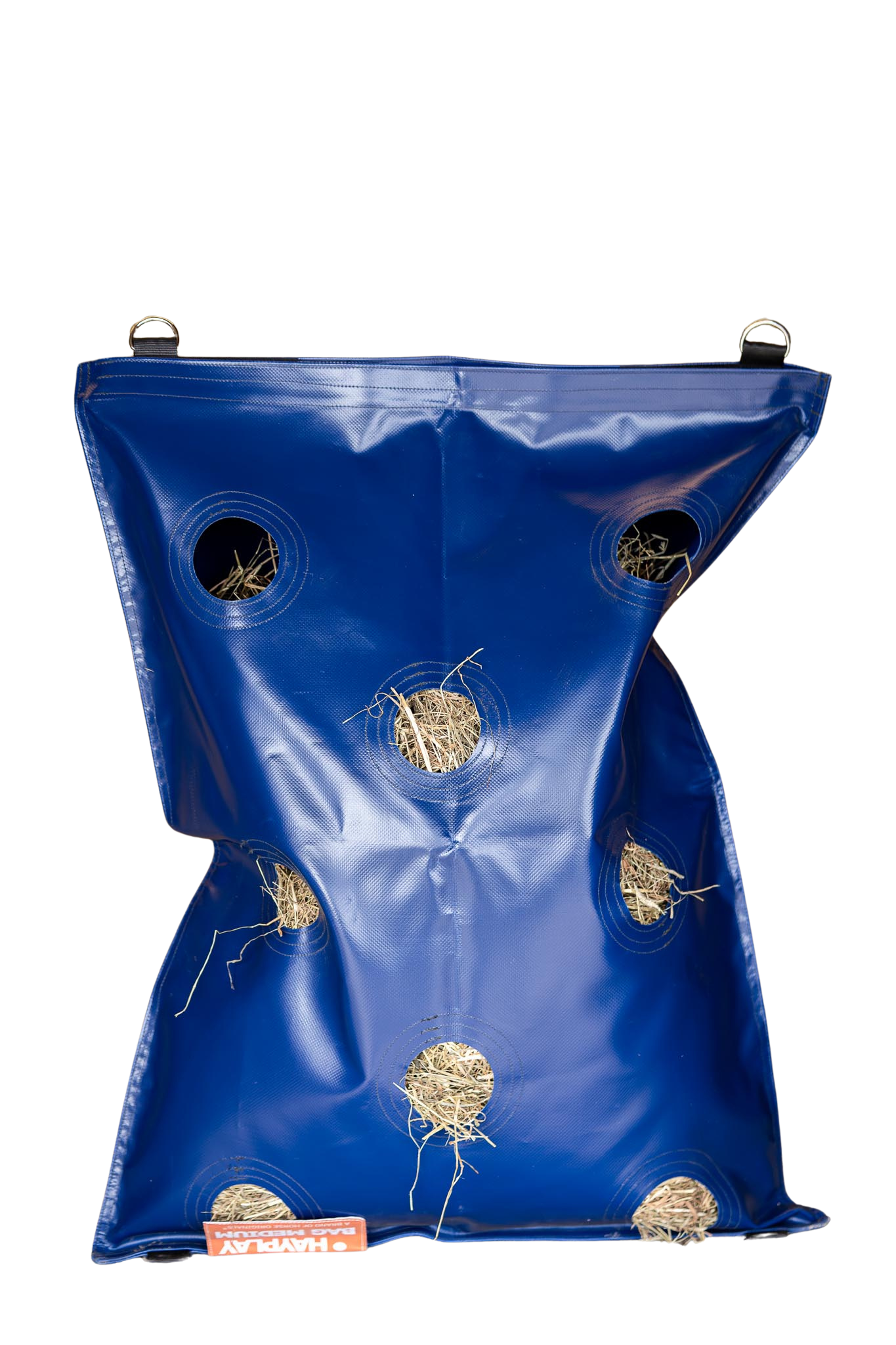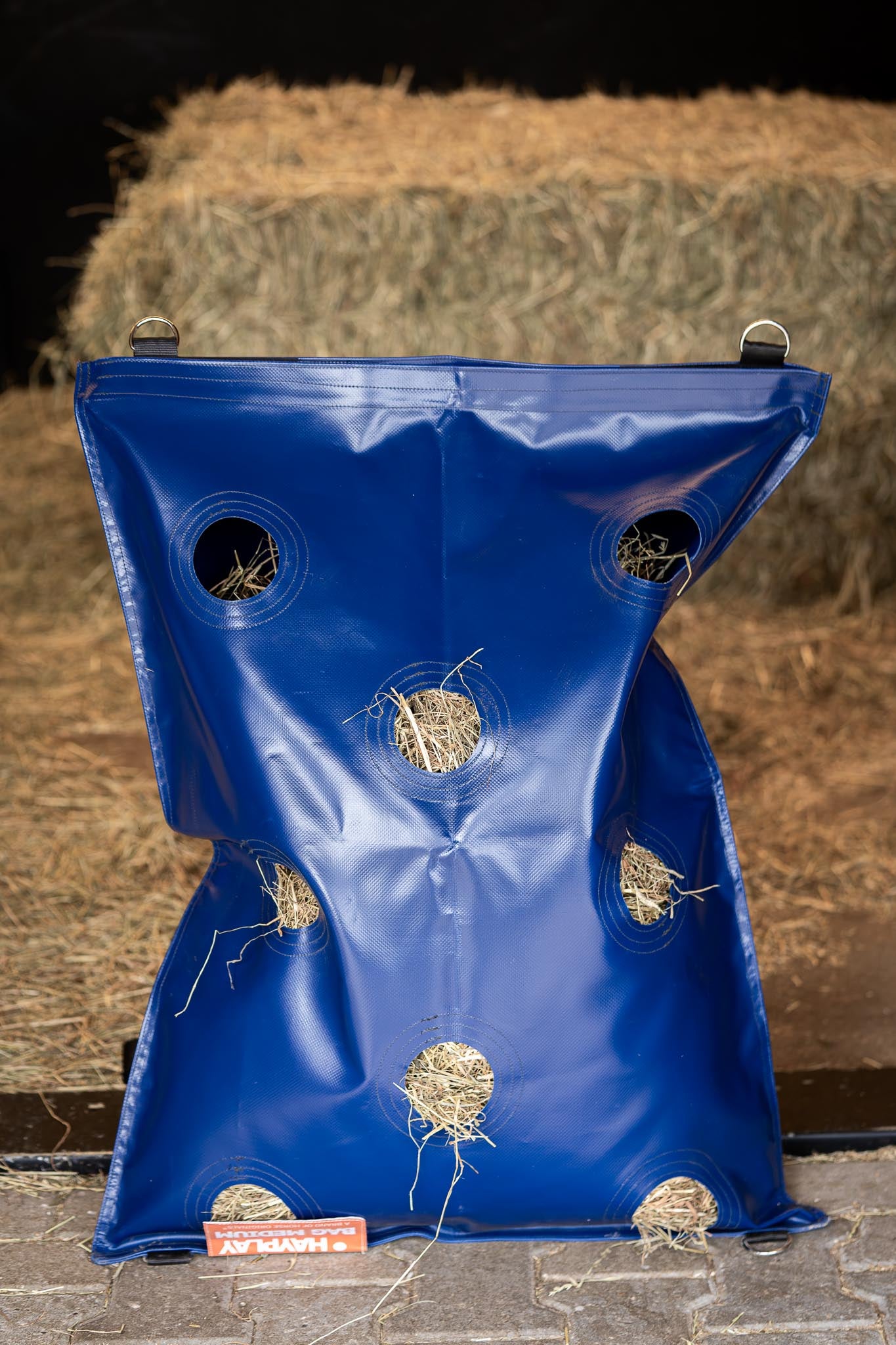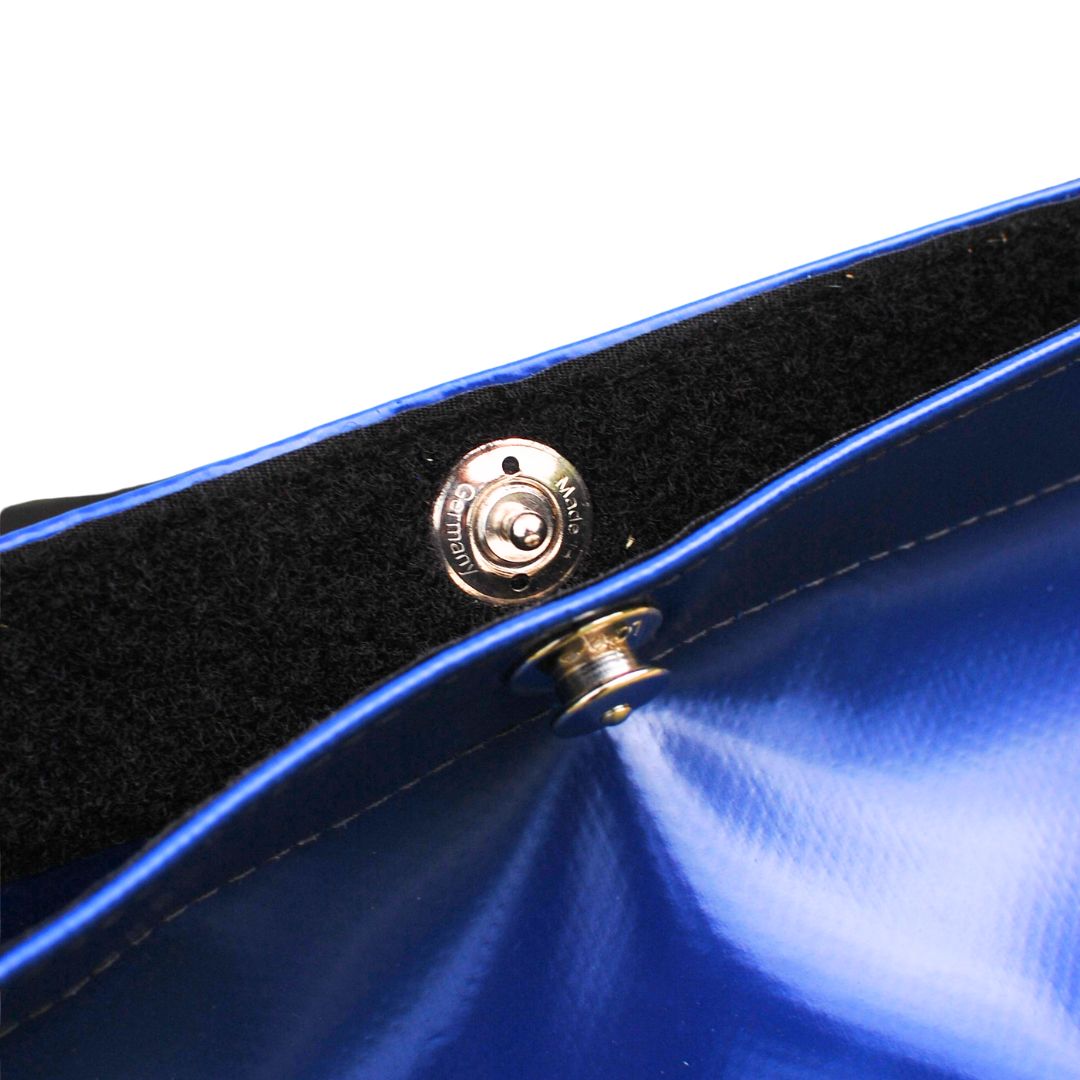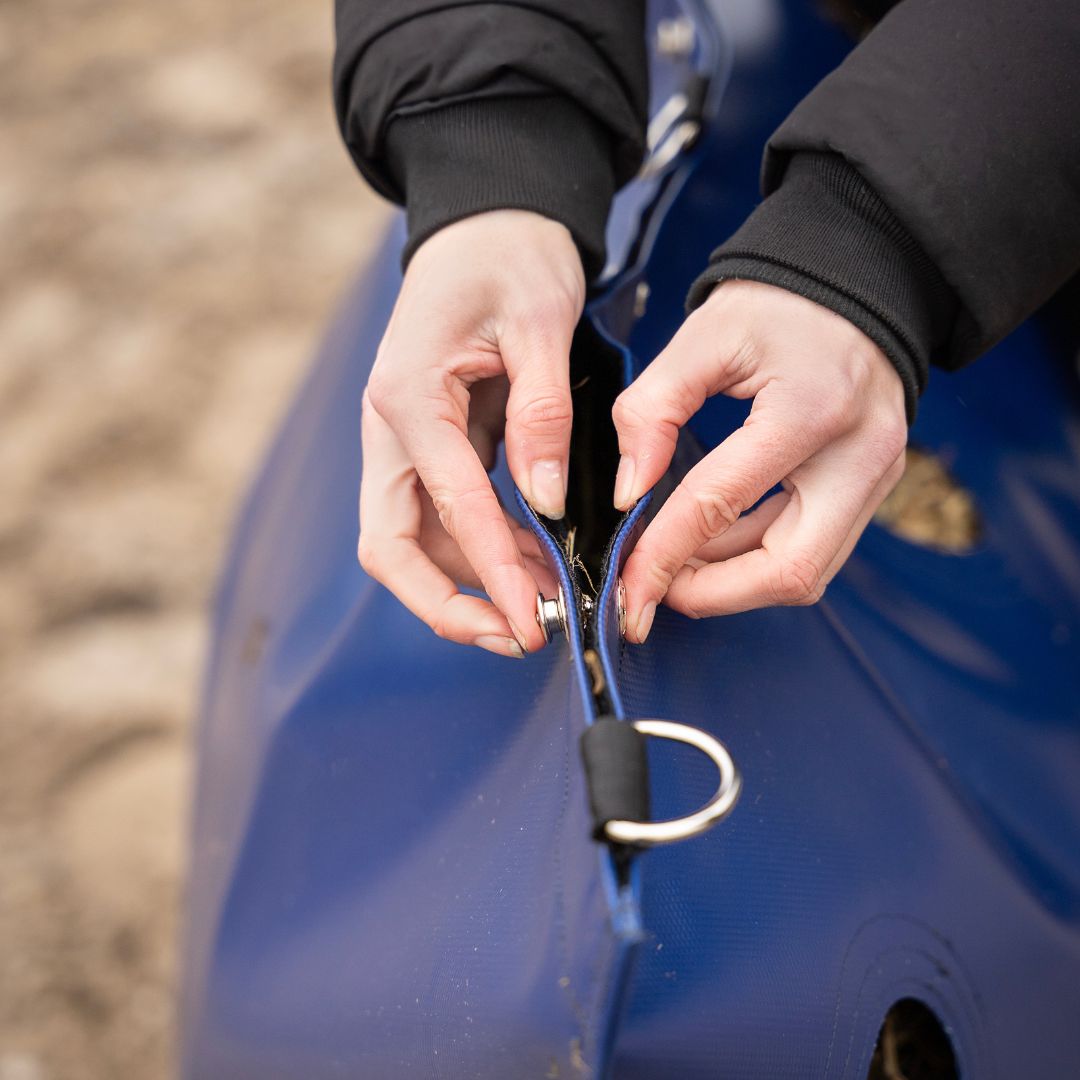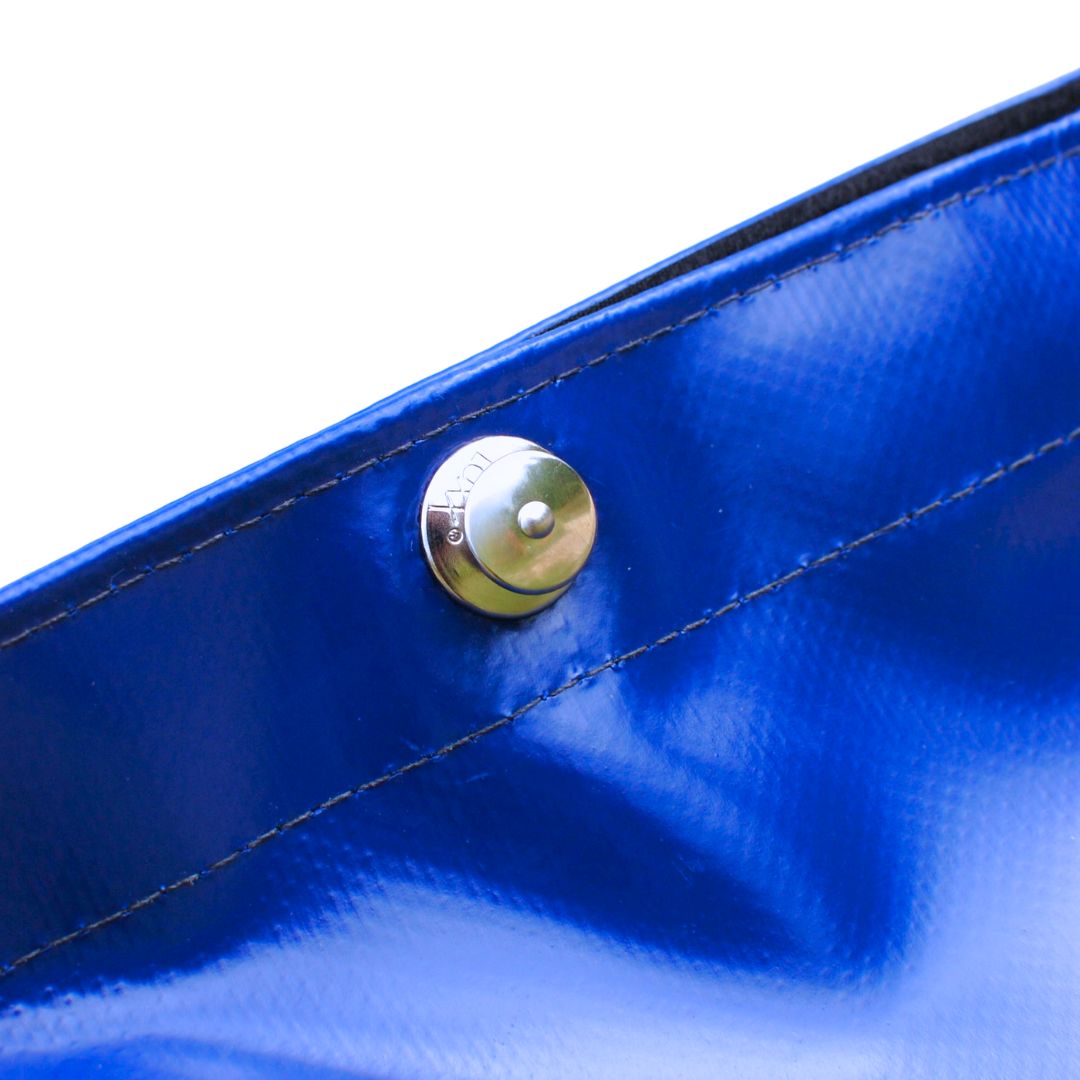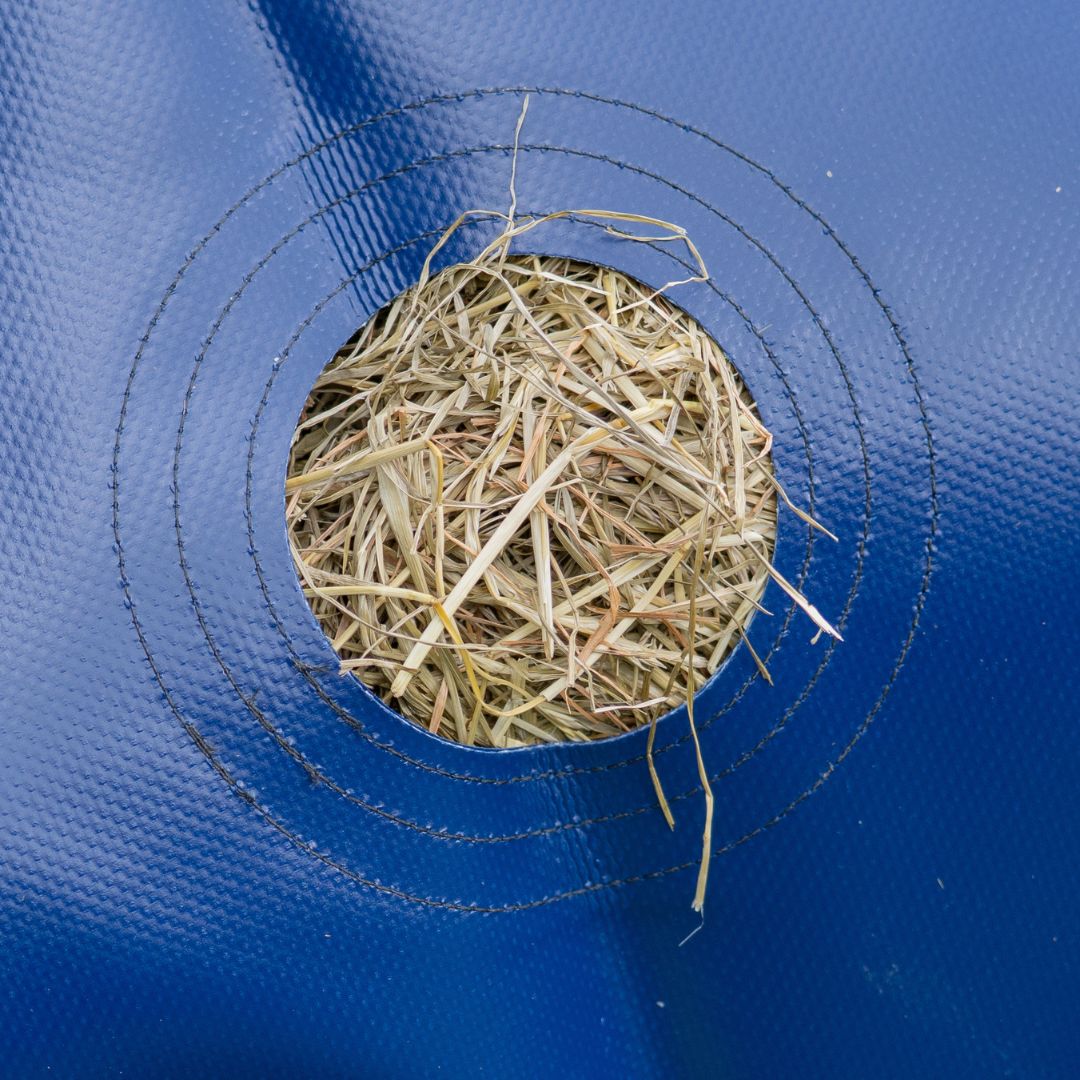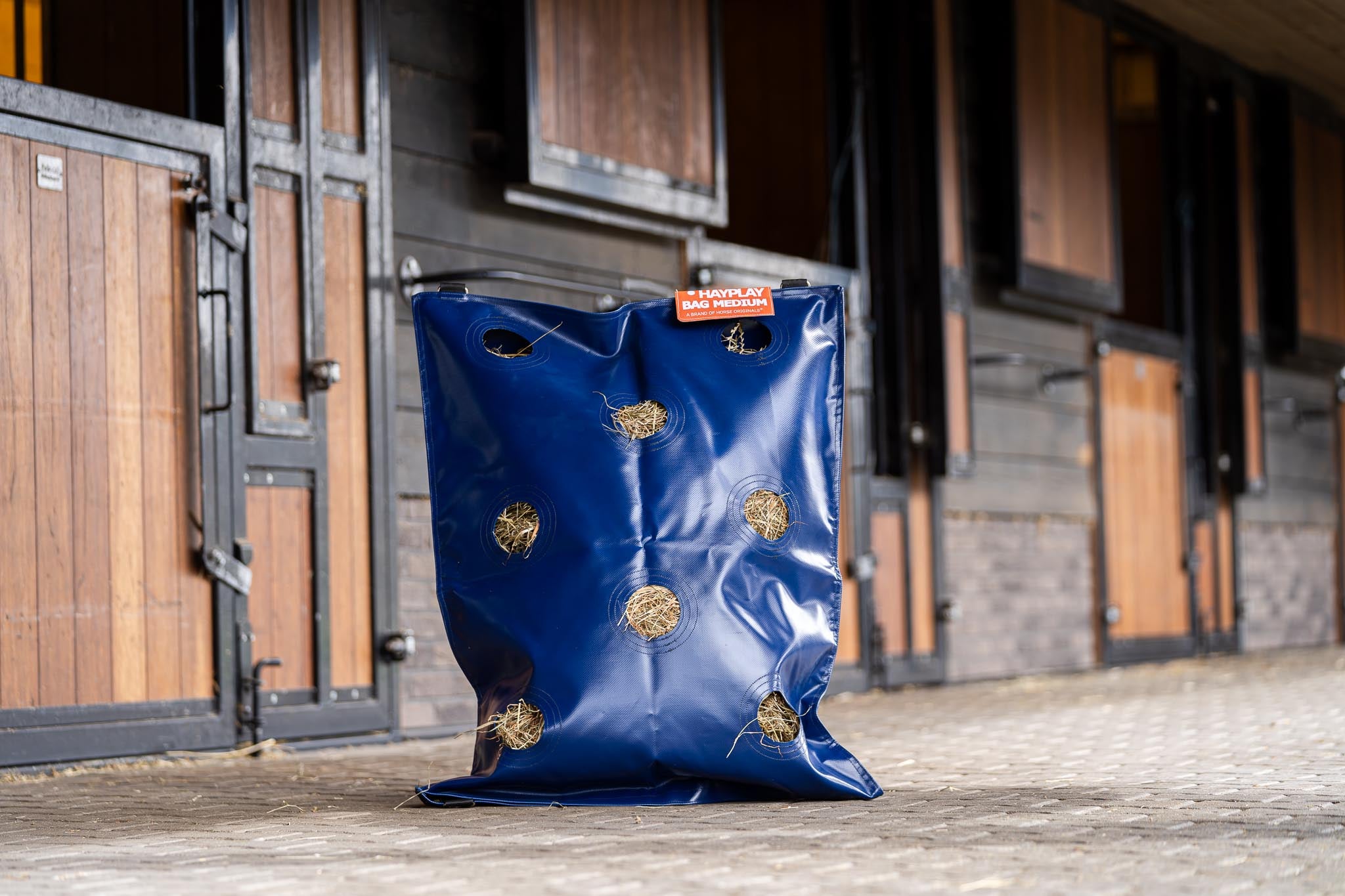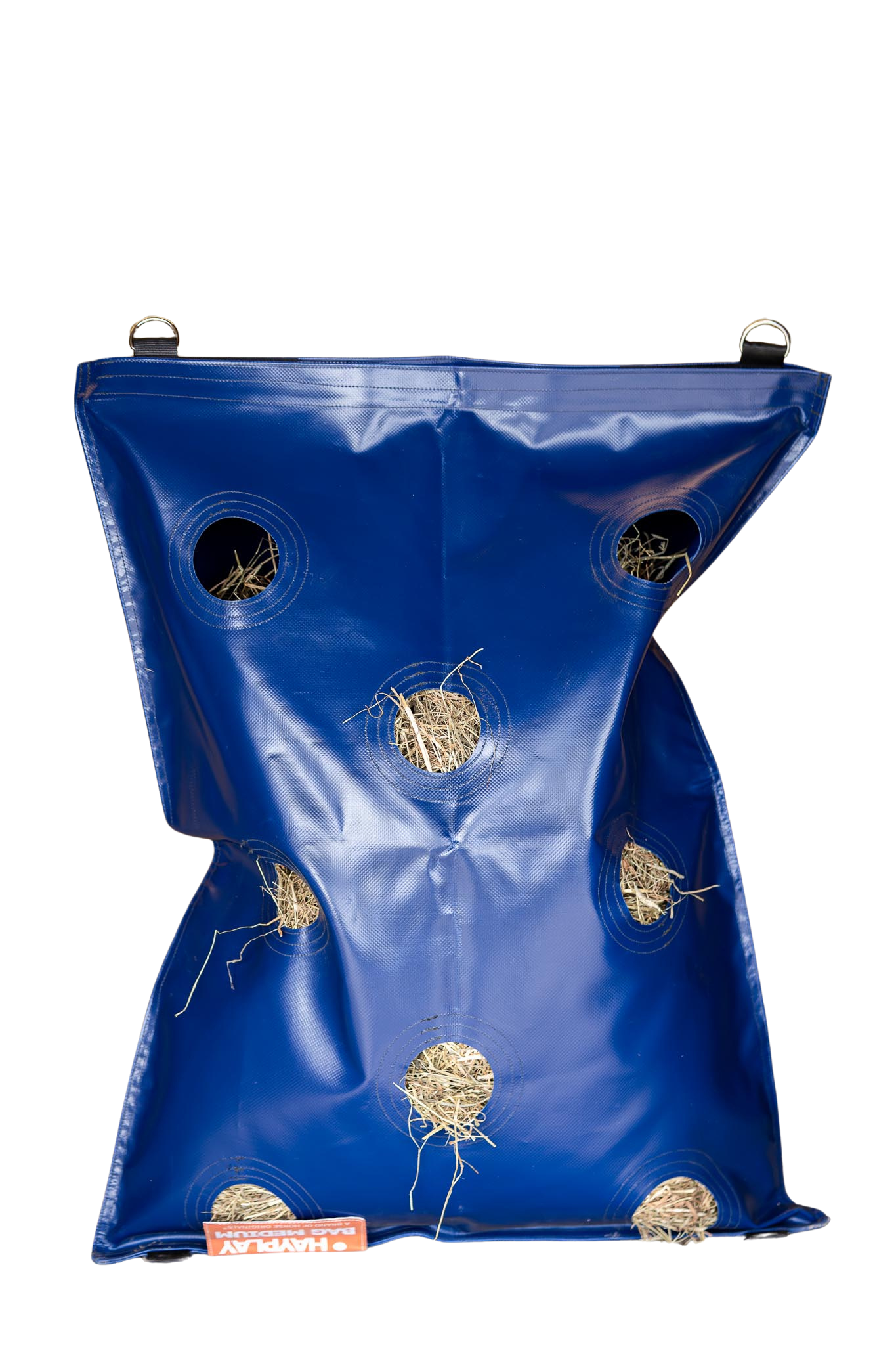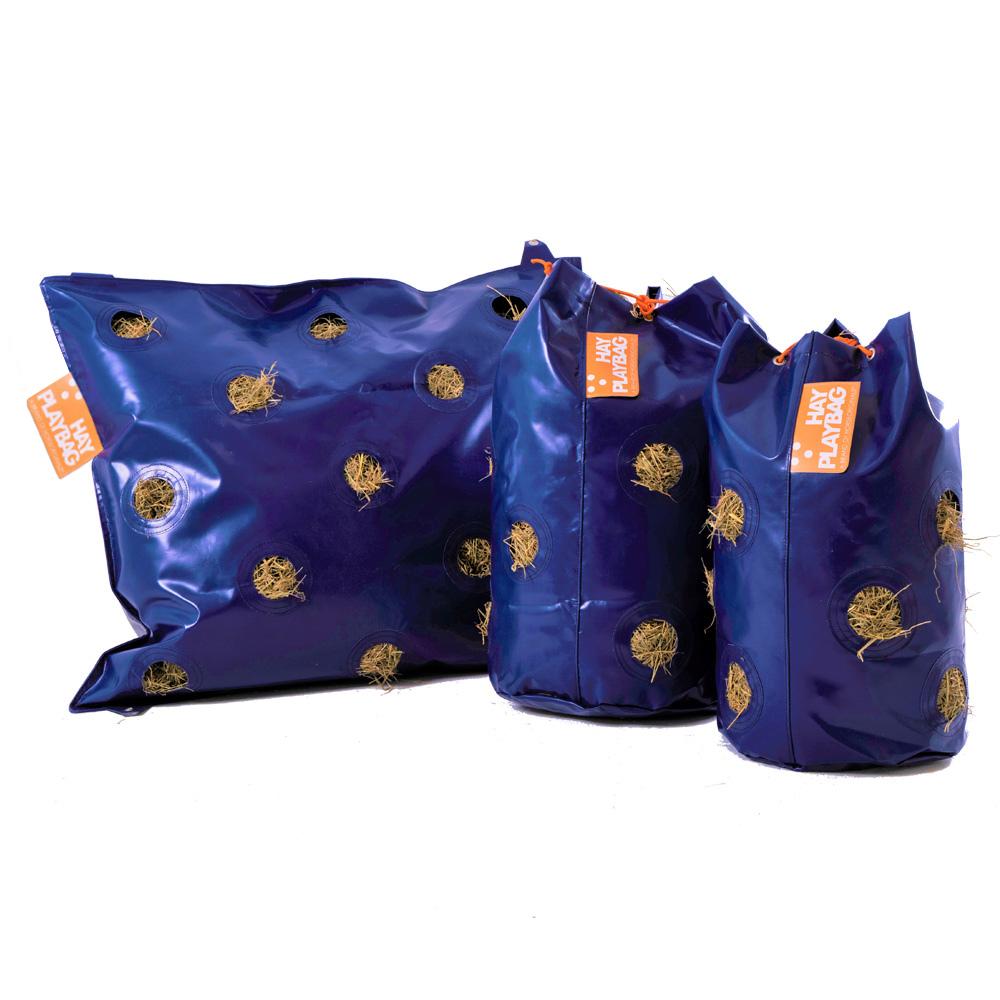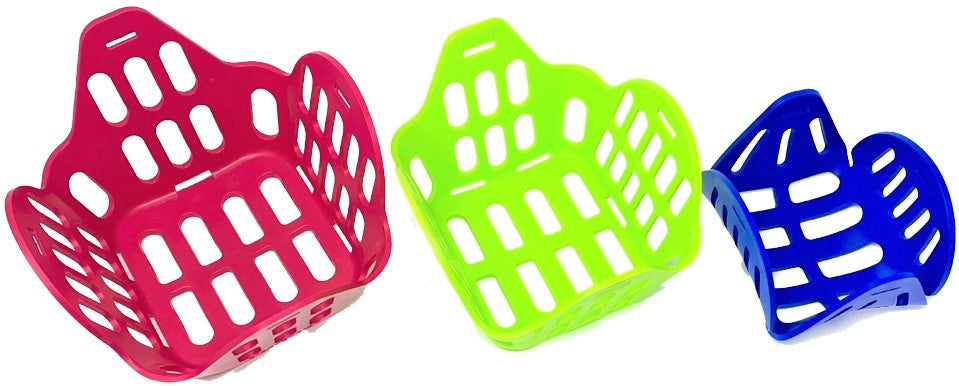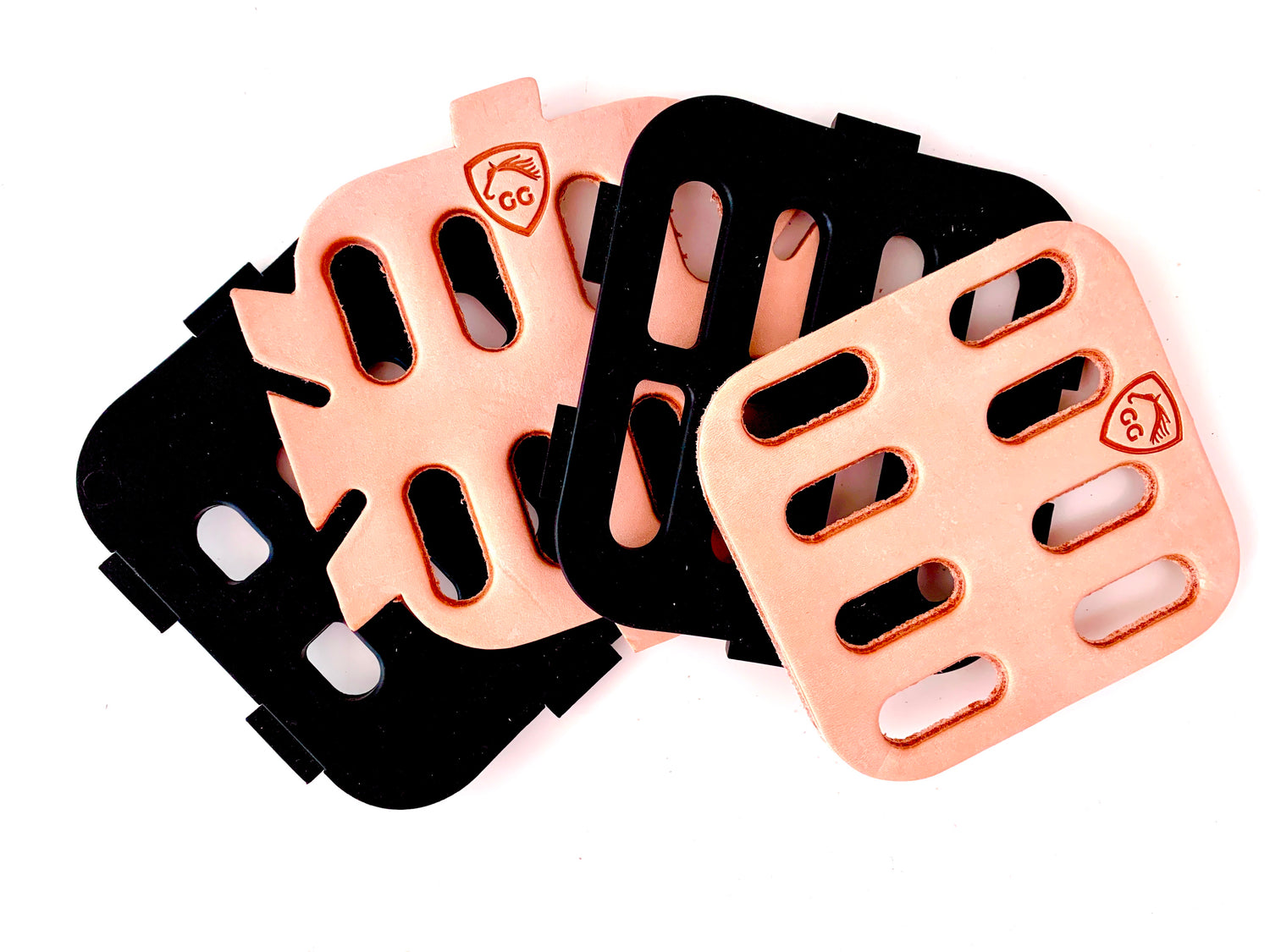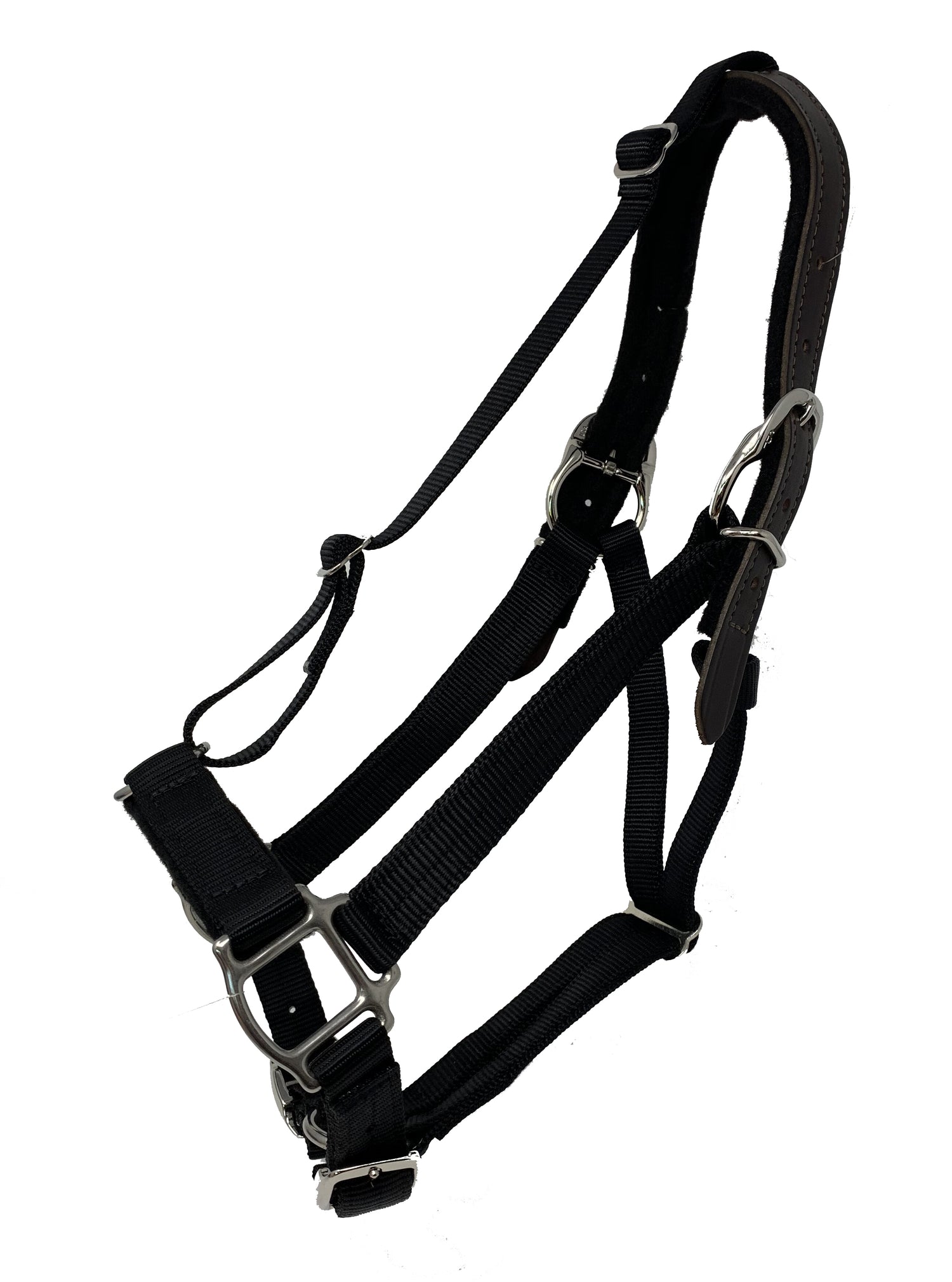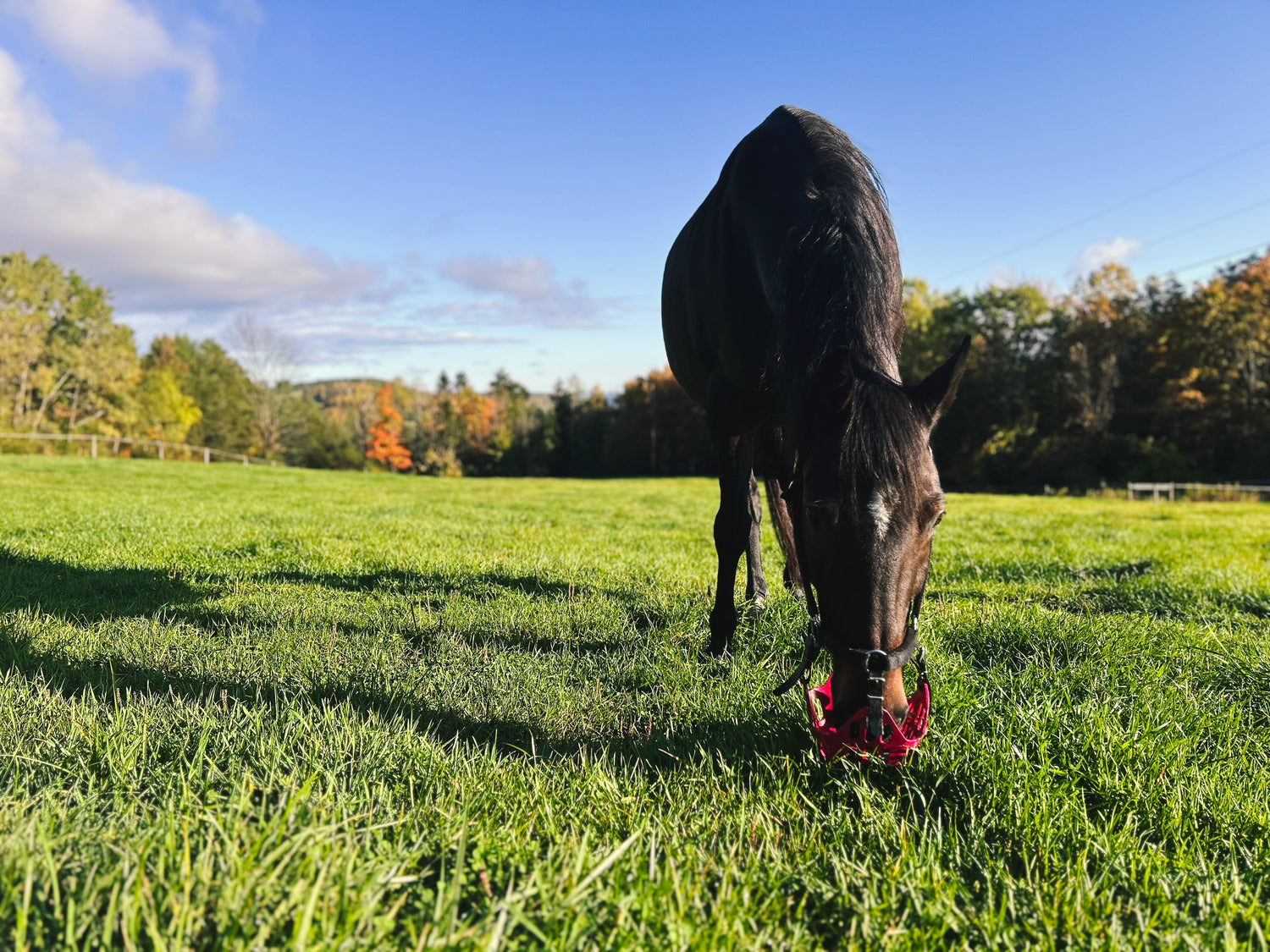The full spectrum of winter weather, like freezing rain, sleet, snow, and ice, can make horse management tricky. In parts of the country with warmer winters, colder months still bring unique challenges.
There's quite enough to do to ensure your horses are prepared for cold air and wet weather. Depending on the size and scope of your barn and the acreage of the property you live on, some of the significant areas to focus on include:
- Fences
- Pasture
- Water and heat
- Mud control
- Barn integrity and ventilation
- Tack rooms and storage areas
Fencing
Winter months and cold weather can turn your farm into a beautiful and picturesque landscape, complete with snow drifts and icicle formations.
The same conditions that create this beauty pose structural risks to your fencing. Biting winter winds and the heaviness of ice and wet snow can weaken, break, and destroy loose boards. Before the first snowfall, walk the length of your fences and inspect their integrity.
Make sure that any wiring along the fence line is tight. Test fence posts to ensure they are sufficiently steady and firmly in the ground to support the fencing. Examine the horizontal boards and replace or repair any loose, broken, or rotting parts. Finally, trim any dead tree limbs hanging over your fencing.
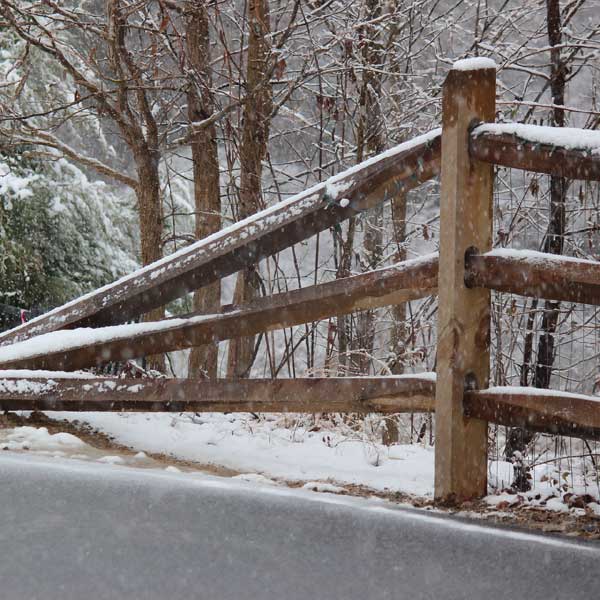
This fence is compromised by winter weather.
Pasture maintenance
Who doesn't love the serenity of admiring rolling hills and quiet pasture land? Winter is the time to let those fields recover for the coming year. Letting your fields rest is essential, even if you have limited acreage. The key thing to do is to reseed the area and allow the seeds time to germinate in preparation for Spring.
Reseeding and letting pasture land rest is helpful for your land. It increases the amount of nutritional grass your horses need in the subsequent seasons. It also helps limit the growth patterns of weeds and harmful grasses.
Why give the freshly seeded ground time to rest and recover? Letting horses trample around on wet, wintry pasture can disturb the seeded ground, running it down and creating mud pockets that may turn into bald patches after the thaw.
Have turnout options when pastures are resting
Dry lots, round pens, and unused pastures are alternatives for turnout. We still want our horses to live stall-free lives as much as possible, so finding alternative paddocks for movement should extend beyond the riding ring.
You may find that the ground is frozen, so most horses can enjoy their time on frozen land, regardless of whether that area is resting. Inclement weather should not prevent turnout unless it's a safety issue.
Considerations for other livestock
If pasture seeding and resting is tricky in your area, resist the urge to combine cows and horses. While this is sometimes ok, cow feed can be deadly for horses, and hay that is safe for cows may be unhealthy for horses.
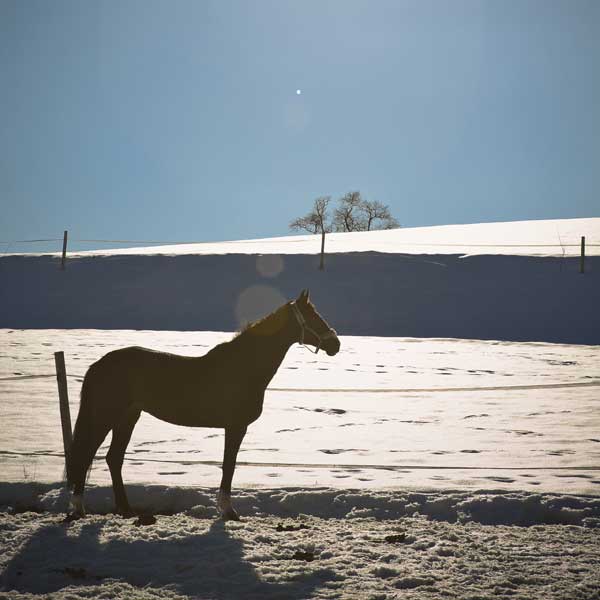
Reseed pasture land before winter storms blanket the earth in snow.
Water access
One of my least favorite childhood winter tasks was hauling hot water to melt ice in the water trough quite far from the house. I also used an ice pick or hammer to break inches of ice. My saving grace is water heaters. These are relatively inexpensive and keep the water warm enough to avoid freezing.
Options for preventing ice in water tanks and stall buckets
You can find stock tank heaters, insulated buckets that plugin to keep water unfrozen in the barn, and insulated blankets for buckets.
Whatever method you choose, ensure there are multiple sources so horses have enough water should one method fail. Natural water sources like creeks can also freeze, so you must provide another source.
Pipe insulation is excellent to cover any plumbing in and around the barn to help reduce the likelihood of broken pipes. Try to keep your water faucets dripping in extreme temperatures to keep them from breaking.
Cold or warm water?
Horses prefer drinking water at a temperature between 45 and 65 degrees Fahrenheit. Each horse you own drinks about 1 gallon of water per day per 100 pounds of weight. If the average horse weighs about 1,100 pounds, each horse should drink over ten gallons daily.
Multiply 10 or 11 gallons per horse per day, depending on how many horses you have. It comes out to a lot of water, which does them little good once it's frozen.
Hydration is one factor that can help prevent colic, so it's always a good idea to provide extra water in cold temperatures.
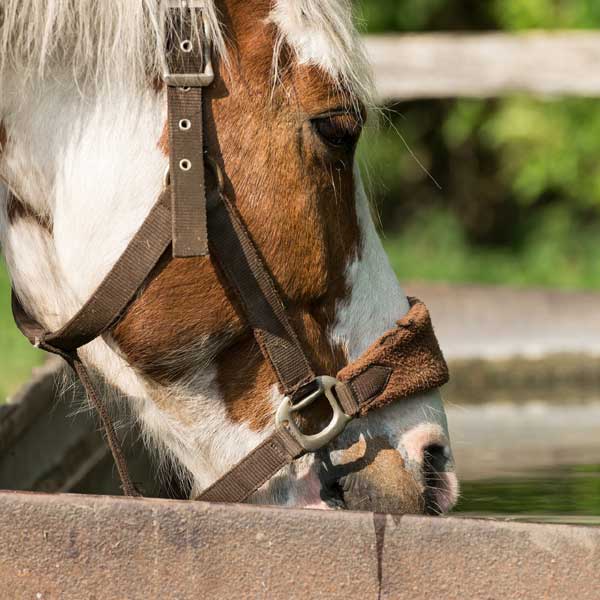
Ready access to fresh, clean water is essential for horses in winter.
Manure and Mud Control
Whether it's melted snow, sleet, ice, or just a wintry mix, standing water and muddy conditions can cause problems beyond trudging through it or tracking it into the house.
Mud is a convenient hiding place for bacteria, such as Fusobacterium necrophorum, which is commonly responsible for thrush in horses. The more a horse is out in muddy fields, the more likely mud will compact into their hooves, providing the perfect conditions for these harmful bacteria to grow.
Mud also presents a greater risk for white line disease, another microbial infection. In addition, if the surfaces your horses are walking on are icy, slick, or even just muddy, their footing will be less sure, and the greater the chances for joint, leg, and hoof injury.
Managing mud
How can you battle mud on your property? Creating water runoffs or scattering a layer of sand or gravel in high-traffic areas can substantially reduce the amount and depth of mud and muck your horse has to contend with. Concentrate on high-traffic areas around water troughs, fence lines, run-in sheds, and hay feeders.
If you have more than one pasture area, rotating which ones your horses go out in can also help prevent a lot of standing water and mud buildup throughout the season. Read more about Managing Mud on Horse Farms.

Muddy ground can cause all manner of problems for your horse.
Prepare Your Barn for Winter
Now you can focus on your structures, like hay storage, the tack room, and the barn.
Proper air circulation in your barn is essential, especially during the winter. While our horses can be closed in to optimize warmth and comfort, horses need the outdoors. They need fresh, circulating air around the clock. Keep the doors and windows open at all times.
On the other hand, if your horse stays outside during the winter, you should provide them with a sturdy shelter against wind and wet weather. Even if trees in your pasture provide some weather barrier, they may present more danger if limbs snap and fall under the weight of ice or snow.
Bedding
Provide extra bedding in colder weather. Hooves get tired from the hard ground or standing in the barn, and extra cushion helps. Additional bedding must be low-dust, especially if ventilation is compromised in the barn.
As horses spend more time in the barn, pick their stalls more often to prevent mold and ammonia from building up. Barn chores will keep you warmer, too!
Plumbing, gutters, and electrical
Broken pipes, falling gutters, and bad electrical wiring can lead to inconveniences and dangers. Insulate pipes, inspect and clean gutters before storms, and have an electrician inspect the barn's wiring and fuses. Rodents, dust, generators, and an extra load on the electrical system can increase fire risks.
Make sure your barn is well ventilated and that your supplies are stored properly.
Tack rooms
Cold weather can be ruthless and unforgiving on horse tack, so you should think about storage and maintenance before freezing temperatures arrive. Clean and oil all of your essential leather goods. Keep horse feed and supplements stored in areas or rooms where you know they will remain dry and secure from pesky and hungry wildlife.
Aside from water troughs, your tack room is one place where a bit of warmth can go a long way in winter. It is also a good place to keep a first aid kit, extra batteries, flashlights, dry blankets, spare clothes, an additional phone charger, and other emergency supplies.
Are you ready for winter?
"Winter is coming" isn't just a prophecy from "Game of Thrones." Winter weather and sub-zero temperatures can cause a host of problems on an otherwise quiet farm. From the fences that mark your land's perimeters to the tack room's sanctity, wintertime can disrupt daily routines for you and your horses. Preparing in advance with a thorough winter prep checklist will make this challenging time of year much easier and less eventful for you and your horses.






